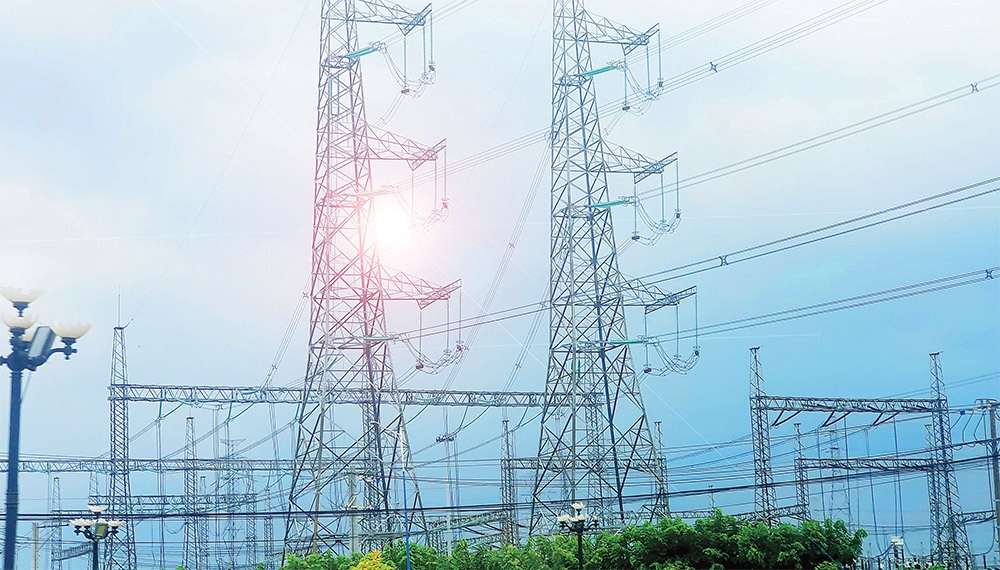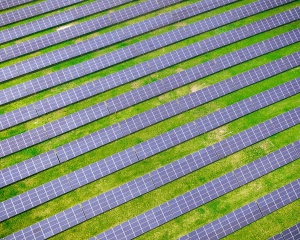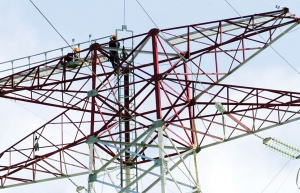Businesses expect hardship with electricity price hikes
Since October 11, the average retail electricity price has increased by 4.8 per cent to VND2,103 per kWh (86 US cents), excluding VAT. As electricity is a critical input for production, rising prices will inevitably impact business costs.
 |
| Businesses expect hardship with electricity price hikes |
Vietnam Electricity (EVN) estimates the average additional cost for customers using electricity for services to be VND247,000 ($10); for production $20; and for administrative services $3.70.
Le Mai Huu Lam, general director of Cat Van Loi Industrial Electrical Equipment Manufacturing, said that the electricity price hike would significantly impact production costs.
“With orders not yet fully recovered and the market facing various difficulties, the increase in electricity costs will drive up production expenses, making it harder for businesses,” said Lam. “In a highly competitive market, where maintaining market share is crucial, we cannot simply raise prices to match the increased production costs.”
While minimising costs and optimising production processes is a necessary response, Lam emphasised that this was only a temporary measure. He added that global political tensions could further drive up fuel prices, exacerbating input costs and placing additional burdens on manufacturers.
“The nearly 5 per cent rise in power prices forces us to tighten spending and streamline processes. In the long term, however, we plan to use more renewable energy sources to reduce our reliance on fluctuating electricity prices,” Lam added
According to Thanh Cong Securities, electricity accounts for 4-10 per cent of a business’s cost of goods sold, depending on the sector. In steel manufacturing, this ratio is 10 per cent, in chemicals 9 per cent, in paper 4-5 per cent, and in cement 14-15 per cent.
Do Thanh Aluminum JSC consumes over 1,800 tonnes of oil equivalent energy annually. As a result, the 4.8 per cent increase in power prices will certainly impact production costs and selling prices.
A representative from the company noted that orders are typically negotiated 3-6 months in advance, making it difficult to raise prices and retain customers. Therefore, they must focus on reducing costs, optimising production, and transitioning to renewable energy sources.
To manage energy consumption, the company has set up an energy management board comprising five members, one of whom is certified by the Ministry of Industry and Trade (MoIT) in power management. The company has also implemented energy policies and 5-year energy-saving plans.
“The company is also investing in modernising production lines, phasing out outdated equipment such as old kilns, and replacing them with more advanced, energy-saving alternatives. We are using composite skylights, expanding windows, improving ventilation, and adjusting lighting schedules to meet specific usage needs,” said the representative.
Secoin, which operates nine ceramic factories nationwide, has seen electricity costs account for a significant share of its production expenses. “The adjustment in electricity prices has had a considerable impact, driving up production costs,” said Dinh Hong Ky, chairman of Secoin.
The company is also exploring the use of rooftop solar power to become more energy self-sufficient and reduce costs. However, EVN has halted the connection of rooftop solar power to the grid in recent years, leaving Secoin and other businesses waiting for policy changes.
“If the MoIT and EVN resolve these issues, businesses can invest in rooftop solar power, significantly lowering electricity costs,” Ky said. “Furthermore, the authorities should introduce solutions and a roadmap for the development of clean energy sources such as solar power, offshore wind, liquid natural gas, and even nuclear power. Expanding renewable energy will help meet future electricity demand.”
In the textile and apparel sector, businesses acknowledge that electricity price hikes are inevitable due to increasing production input costs. However, the current timing of the rise adds further challenges, as competition in the market remains fierce and orders are scarce.
To address rising production costs, including electricity prices, the textile and garment industry has adopted measures such as investing in rooftop solar power. Leading companies like Garment 10 and Viet Tien have already implemented solar power systems to mitigate electricity expenses, tightening spending to maintain competitiveness in the region.
Pham Quang Anh, director of garment firm Dony, expressed similar concerns. Although electricity costs are not particularly high in the garment industry, rising power prices will increase the cost of materials, fuel, and other inputs.
“However, our biggest worry is not the increase in electricity prices, but unplanned power outages. A single day of outages can cause much more economic damage than a price increase,” said Anh. “If higher electricity prices can lead to a more reliable supply, we’re willing to accept the increase. A stable, uninterrupted power system will bring greater benefits than lower electricity prices coupled with frequent outages.”
 | Electricity prices must reflect production costs for green transition Nguyen Xuan Thanh, a lecturer at the Fulbright School of Public Policy and Management in Vietnam, has suggested that for a successful green transition, Vietnam must accurately adjust electricity prices to mirror the costs of renewable energy production. |
 | Electric generation hikes to be dealt with The selling price of electricity lower than the production and distribution costs is creating unfairness for distributors and will affect energy security in the long term. |
What the stars mean:
★ Poor ★ ★ Promising ★★★ Good ★★★★ Very good ★★★★★ Exceptional
Related Contents
Latest News
More News
- CME Solar strengthens position in Vietnamese renewables (December 30, 2025 | 11:21)
- Self-care signals shift towards sustainable healthcare (December 30, 2025 | 10:12)
- GreenYellow marks five years of clean energy growth in Vietnam (December 26, 2025 | 15:51)
- TCP Group partner with VNUS to launch water conservation project (December 25, 2025 | 14:00)
- Heavy industries set for pilot greenhouse gas quotas (December 25, 2025 | 10:00)
- Swedfund invests in MSME growth and climate action in Vietnam (December 19, 2025 | 11:42)
- GreenYellow brings solar energy to light up remote schools in Tuyen Quang province (December 19, 2025 | 08:00)
- Charge+, Grab partner to develop EV charging network in Vietnam (December 18, 2025 | 17:11)
- Linking sci-tech and innovation to Vietnam’s net-zero future (December 18, 2025 | 14:31)
- Driving double-digit growth through green and circular transformation in Vietnam (December 17, 2025 | 09:00)

 Tag:
Tag:



















 Mobile Version
Mobile Version